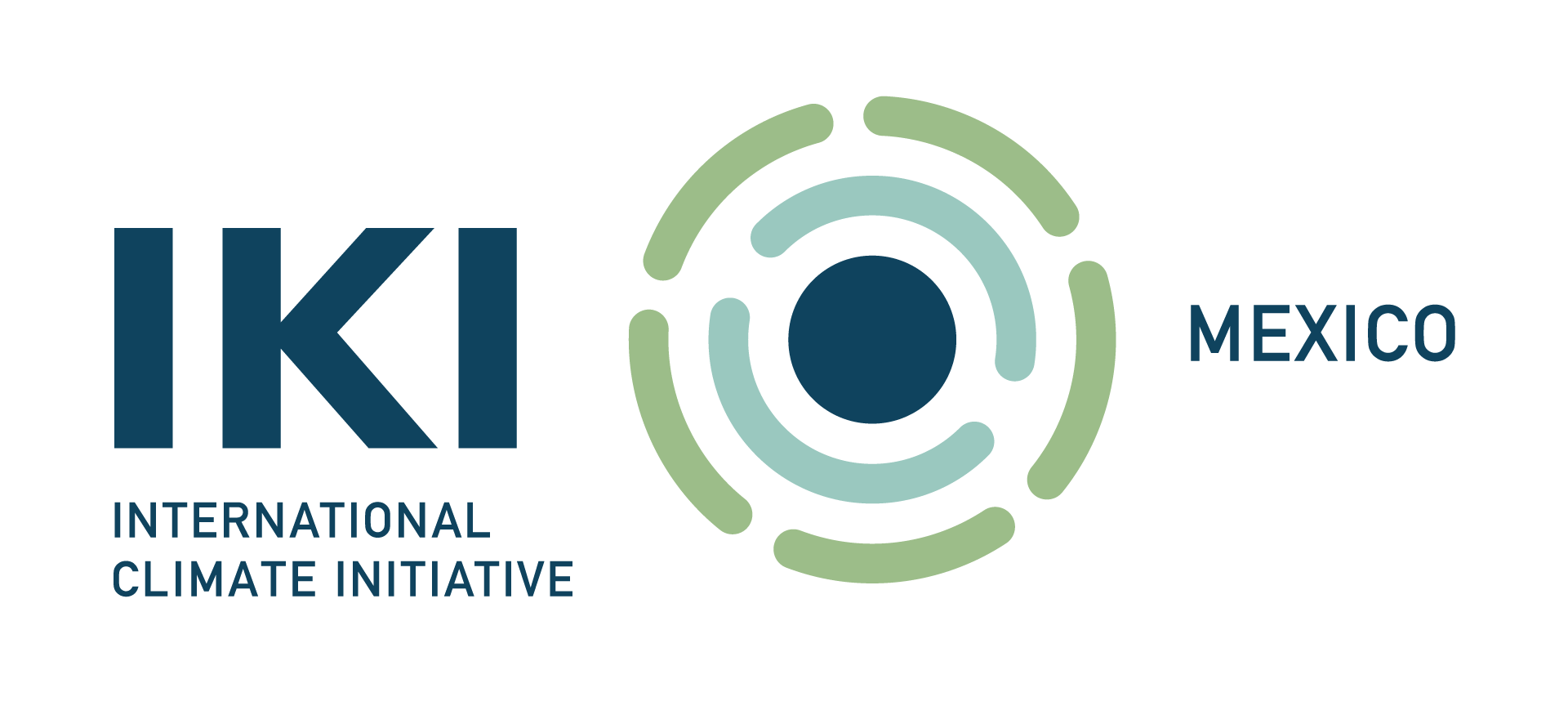In 2016, the region with the highest production of waste electrical and electronic equipment (WEEE) was the United States and Canada with 21 kg per capita. In Latin America, Mexico positioned itself as the second producer of WEEE with 8.2 kg per inhabitant. Of the total number of WEEE generated, it is estimated that, in Mexico, only 10% is formally recycled, 40% remain stored, while the remaining 50% is disposed of in landfills or uncontrolled dumpsites. Due to factors such as the current consumption scheme, the lack of repair culture and the short innovation cycles, it is expected that, in the absence of relevant measures, the production of WEEE will increase exponentially globally.
The incorrect management and poor disposition of WEEE causes negative impacts on environmental, economic and public health aspects. For this reason, in the Sustainable Development Goals, WEEE has been identified as a priority action issue. Specifically, it has been detected that this issue has participation in SDGs 3 Good Health and Well-being, 8 Decent Work and Economic Growth, 11 Sustainable Cities and Communities and 12 Responsible Consumption and Production.
With the objective of understanding the serious problem that represents the production of WEEE in Mexico and its possible areas of improvement, a study was developed on the sustainable consumption and recycling of these wastes where the WEEE management schemes in Mexico and Germany were analyzed, and allowed to identify the differences and areas of opportunities. This study is aligned to the activities of the German Mexican Alliance for Climate Change project of the German Cooperation for Sustainable Development (GIZ),
Within the results of the study, there is very relevant information that allows to know how the scheme of recycling and sustainable consumption of these products is managed in Mexico and Germany; it indicated for example, that in Germany the management of this type of waste is carried out under the concept of extended responsibility, while in Mexico the shared responsibility scheme is used. In the first scheme, the responsibility of WEEE management is attributed to the manufacturers, while in the second one the responsibility is delegated to producers, importers, exporters, marketers, consumers, recyclers and authorities alike. With the application of this last management scheme, the adequate management of WEEE is indirectly discouraged, since specific obligations are not assigned to the actors.
Additionally, the study shows the operation of Mexican regulations regarding the characterization of WEEE as special handling waste, with which states and municipalities are responsible for their management and disposal through the creation of management plans. However, there are some states that do not have management plans and there is a great disparity between existing plans. This creates difficulties for the logistics chain responsible for the proper management of WEEE, as companies must adjust to each management plan separately.
Derived from these and other quite interesting results, the study shows a series of recommendations in the short, medium and long term. Among these suggestions are:

Download the study for more details on how the mechanisms of consumption and recycling of these devices work in both countries.
